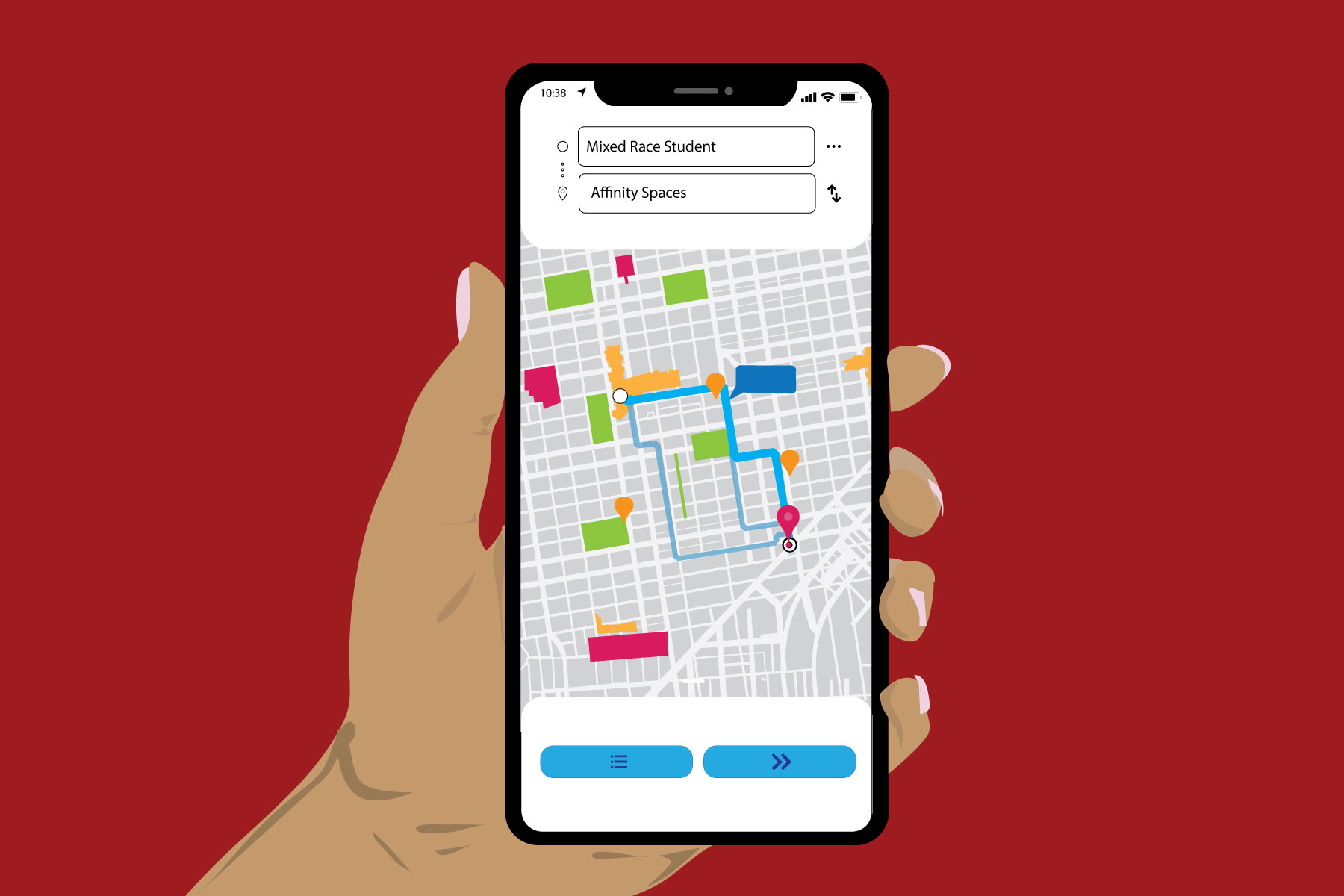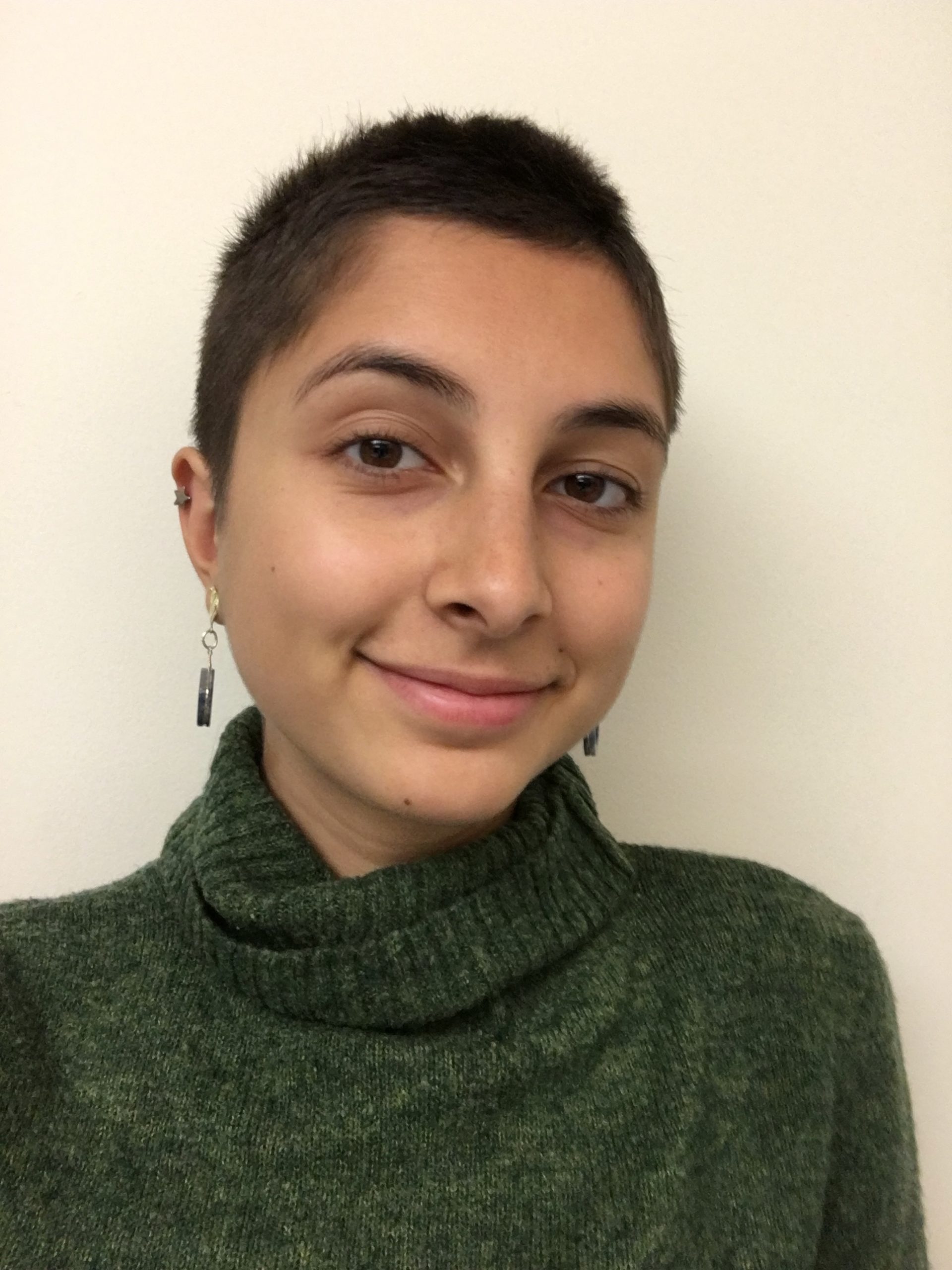Picture this: It’s the classic high school movie first day of school scene and the lunchroom is packed with kids in distinct groups of jocks, popular girls, nerds, goths, etc. Wherever you decide to sit will determine the future of your high school career, so you must choose wisely.
Now imagine that instead of a movie this is real life, instead of high school it’s college and instead of being segregated into groups by interest, it’s by race, ethnicity and cultural background. You, the mixed-race fresh faced college student, really can’t decide where to sit.
Of course, this a reduction of the experience, (pre-college readers, it’s not all that bad!) but it is true that students often find their initial friend groups through racial and cultural affinity spaces on campus, which are intended to foster connectivity between its members who share a common identity.
College is already a place to find oneself — students start as young as 17 years old and are typically expected to choose their major and possibly define their career path within two years. It can feel like you need a group to help navigate this new space, and affinity spaces are oftentimes an automatic source of support. Such groups have become a place for finding oneself as a person of a certain race or ethnicity within a larger, more racially mixed environment, leaving those who identify as mixed at a loss.
Affinity spaces play a huge role in helping minority students feel at home in the majority-white arena that is higher education. These spaces take on different forms, but their purpose has always been to allow students to come together and not be in the minority for a moment. Their purpose is not to segregate students, but to provide a space for members to explore their identities as part of a racial group, as well as support and empower one another.
https://www.instagram.com/p/BrES6GrFxnO/?utm_source=ig_web_copy_link
There is some debate over whether these spaces put students in “silos,” and some colleges take them too far (like when Ohio University proposed building a “minority-only workout room”). Affinity groups in college receive backlash for excluding white students, which of course is exactly the point; white students don’t need a space to come together and not be in the minority, because they never are in the first place. Research and personal accounts suggest that affinity spaces are valuable for students who feel out of place in college.
Kayli Mediratta, a Bryn Mawr class of ’22 student, joined the Asian Students Alliance in her first year hoping to meet students who shared her experience and “understood what it was like to be a student of color.” Since then she has joined the Dharmic Students Association, where she says she can talk about microaggressions she witnesses on a daily basis and her peers get “just as angry” as her.
Amina Morgan, a Wheaton student in class of ‘23 and a Posse scholar, is a member of the Queer and Trans People of Color and Distinguished Women of Color organizations, which she says “was a nice place to get to know other women of color on campus.”
Mixed-race students who associate themselves with another aspect of their identity can join non-racial affinity spaces. These groups can be cultural, relate to a shared language or be helpful for first generation or low-income college students.
Katya Tammen, a Kenyon College student in class of ‘23, says that being a part of the first generation/low-income students group has been “super cathartic … Mainly, we all are going through the same culture shock of being at a private institution and it’s really nice to have people who are bothered by the same class cultural differences as you are … so we can work through what it means for us and how to productively exist and thrive at this institution.”
Their goal is not to separate themselves from the rest of the school, but to create a productive conversation around how to erase income-related stigma.
While nearly every college has multiple racial affinity groups, clubs for people of multiple races are less ubiquitous. Some colleges have created safe spaces for mixed students, such as Bowdoin college’s Multiracial Student Union (MSU) formed in 2019. Members identifying as multiracial, multiethnic, multicultural or racially ambiguous come together to talk about their unique yet common experience of being mixed race.
The Multiracial and Biracial Student Association at the University of Maryland has been holding discussions on the experience of being a mixed race college student for several years. There are also groups for “People of Color” in general at many colleges, which is more accessible for multiracial students who identify as people of color. But for those of us mixed-race students who are white-passing or wouldn’t call ourselves people of color, such groups aren’t an option.
Designated multiracial affinity groups face the issue of ambiguity. The experience of a student who is part white, and perhaps white-passing like myself, is very different from that of a student who is visibly an ethnic minority. This is not to say that the experiences of people in single-race affinity groups are in any way the same, but members can at least connect on the basis of a common identity.
While there is something to be said for connecting on the level of being multiracial itself, it’s still less comfortable than being in a single-race affinity group seems to be. While I wish I could connect with a group of people who shared the same multiple identities as me, that level of specificity is not viable for colleges in a world with more and more multiracial students.
Of course, affinity groups are not always successful even for students who fully identify as members of the group. Neshaat Bharwani, Wellesley College ‘23, joined the Pakistani Students Association seeking “a shared cultural understanding,” but didn’t connect with many other members.
Josephine Ingall, Yale University ‘23, was appointed as a peer mentor at the LatinX cultural society, but “as a white-passing #jewtino … I don’t really feel like that’s my place.” She adds that affinity groups at her school are entirely self-selecting and “people are pretty good about not policing each other’s identities.” But for students who struggle with their sense of place within racialized groups, it’s difficult for us to stop policing our own identities.
There is never going to be an easy answer for multiracial college students seeking the comfort and connection of an affinity space, just as there is no guarantee that affinity spaces will be the right place for any student. Affinity groups are not the be-all and end-all of finding friends in college, even if sometimes it feels like they are.
Mixed-race students can come together to form groups for ourselves if our schools don’t have multiracial student organizations. We can join affinity groups based on other aspects of our identities. We can seek out other clubs where we find our people based on our own interests. We can also remember that college is about finding oneself as an individual and rest easy knowing that it will all work out in the end.

















